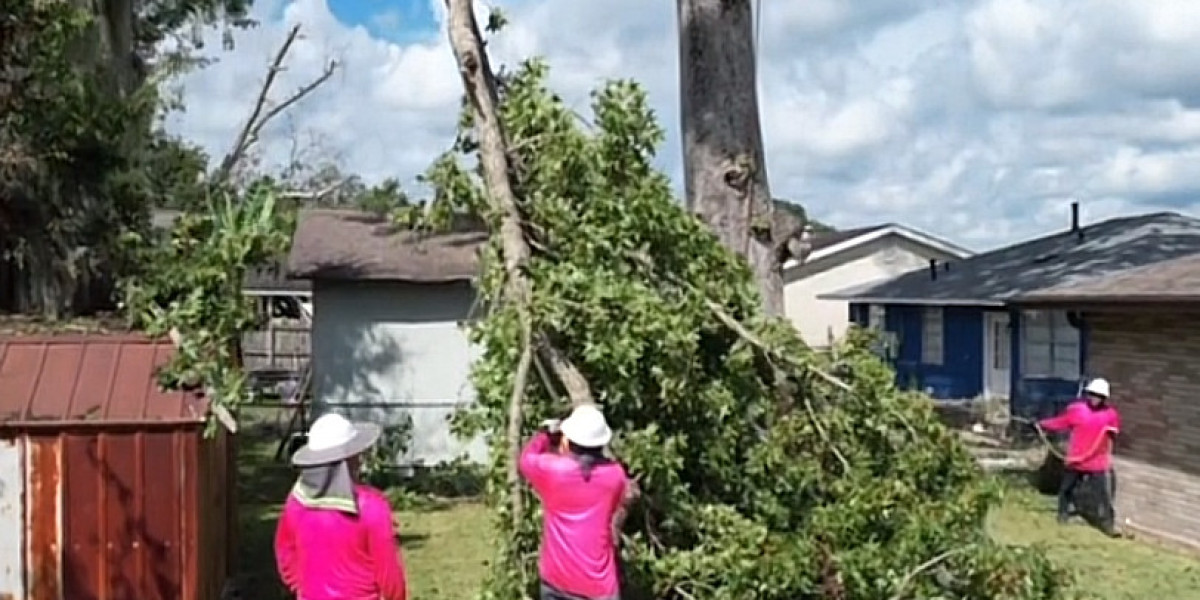Tree cutting services are an essential aspect of maintaining the health and aesthetics of your landscape. Whether you're dealing with a hazardous tree, overcrowded growth, or simply desire a more appealing outdoor space, understanding the costs associated with tree cutting is vital. Various factors influence these costs, leading to a wide range of prices. This article will explore these influences in detail, including the type of tree, the complexity of the job, and the experience of the service provider. By the end, you will have a comprehensive understanding of what drives pricing in the tree cutting industry.
Types of Trees and Their Impact on Cost
The species of the tree is one of the most significant factors affecting the cost of cutting services. Different trees have varying growth patterns, densities, and root systems, which can complicate the cutting process. For instance, hardwood trees like oak and maple tend to be denser and more challenging to cut than softer woods like pine or birch. As a result, cutting hardwood trees often requires specialized equipment and more labor, thus increasing the overall cost. Additionally, rare or protected species may require permits and additional care, further driving up expenses.
Location and Accessibility
The location of the tree is another critical element that impacts the cost of cutting services. If the tree is located in a hard-to-reach area, such as near power lines, buildings, or steep slopes, the job becomes more complex and potentially dangerous. Tree cutting companies need to take additional precautions, which can involve hiring specialized personnel or using more advanced equipment. Consequently, this complexity can lead to a higher price tag for the service.
Labor and Expertise
The experience and expertise of the tree cutting service provider can significantly affect pricing. Companies with well-trained and experienced staff often charge higher rates because they can perform the job more efficiently and safely. Additionally, reputable companies are more likely to have the necessary insurance and licensing, which protects both the homeowner and the service provider in case of accidents or damage during the job. This level of professionalism tends to come with a higher price tag, but it often results in better service quality.
Job Complexity and Additional Services
The complexity of the job is another factor that can influence the overall cost of tree cutting services. Simple jobs, such as removing a small tree in an open area, are typically less expensive than more complicated tasks, such as removing a large tree that is leaning precariously or one that requires precision cutting to avoid surrounding structures. In these cases, the tree cutting company may need to employ advanced techniques, which can increase labor hours and equipment use.
Seasonal Variations in Pricing
Seasonality can play a significant role in the pricing of tree cutting services. During peak seasons, such as spring and summer, demand for tree cutting services often increases, which can lead to higher prices. Many homeowners seek to beautify their yards during these months, resulting in a surge of requests for tree maintenance and removal. Conversely, during the fall and winter, demand may decrease, sometimes leading to lower prices as companies look to fill their schedules.
Conclusion: Budgeting for Tree Cutting Services
In summary, the cost of tree cutting services varies considerably based on multiple factors, including the type of tree, location, labor expertise, job complexity, and seasonal demand. Homeowners should take the time to assess these variables when budgeting for tree cutting services. By understanding the elements that influence pricing, you can make informed decisions that meet your needs and ensure the safety and aesthetics of your outdoor space. Ultimately, investing in quality tree cutting services can lead to long-term benefits, including improved landscape appearance and enhanced property value.



